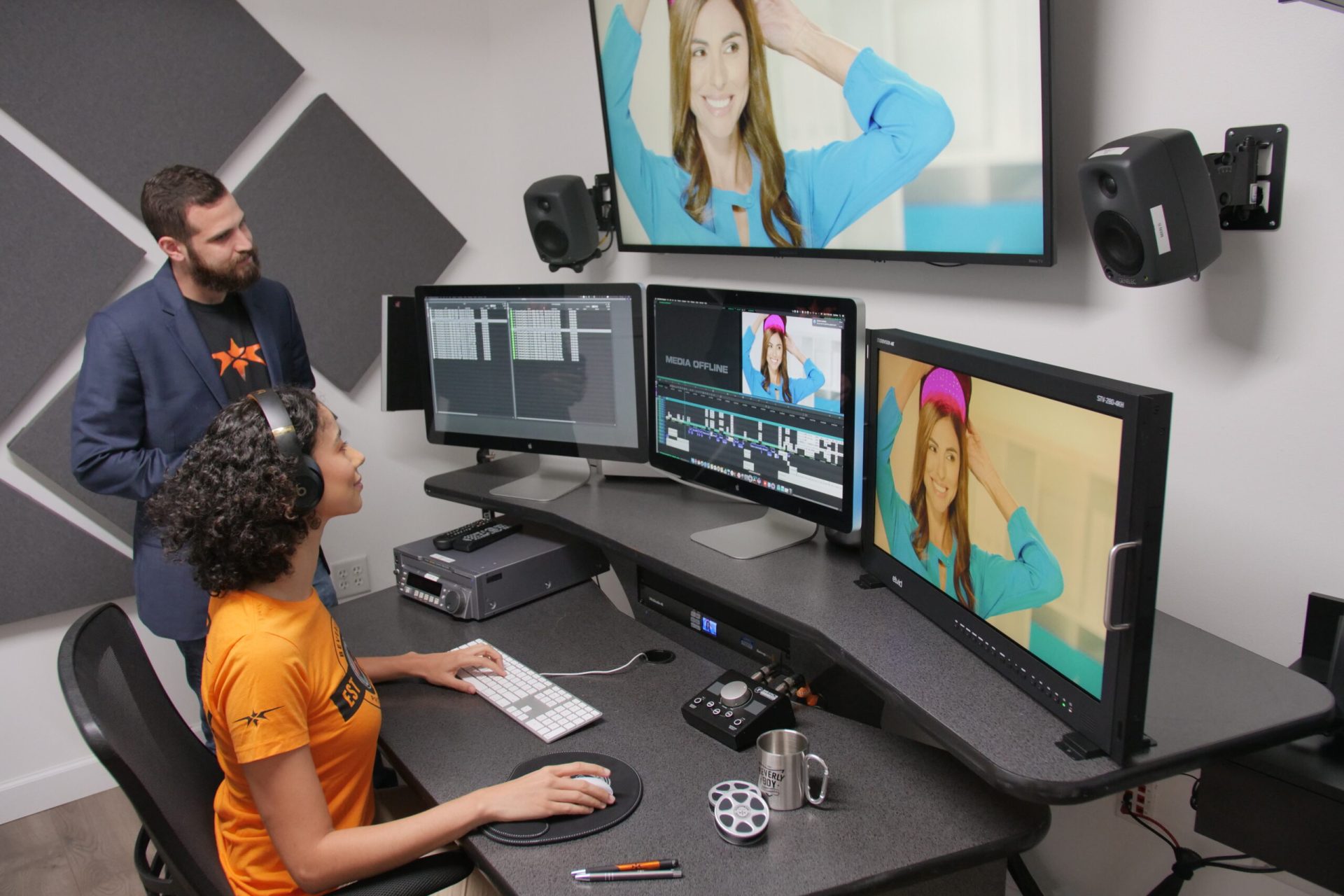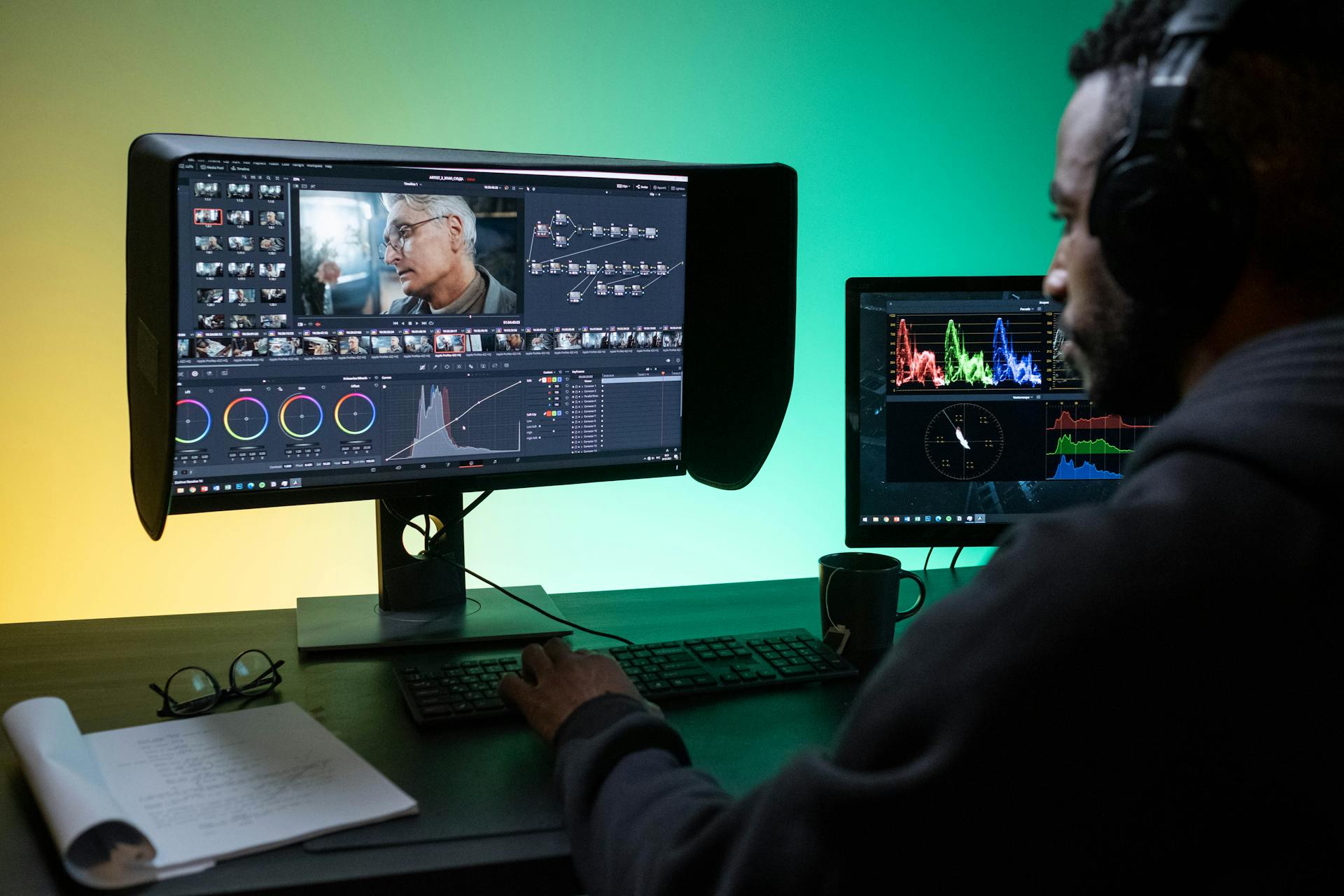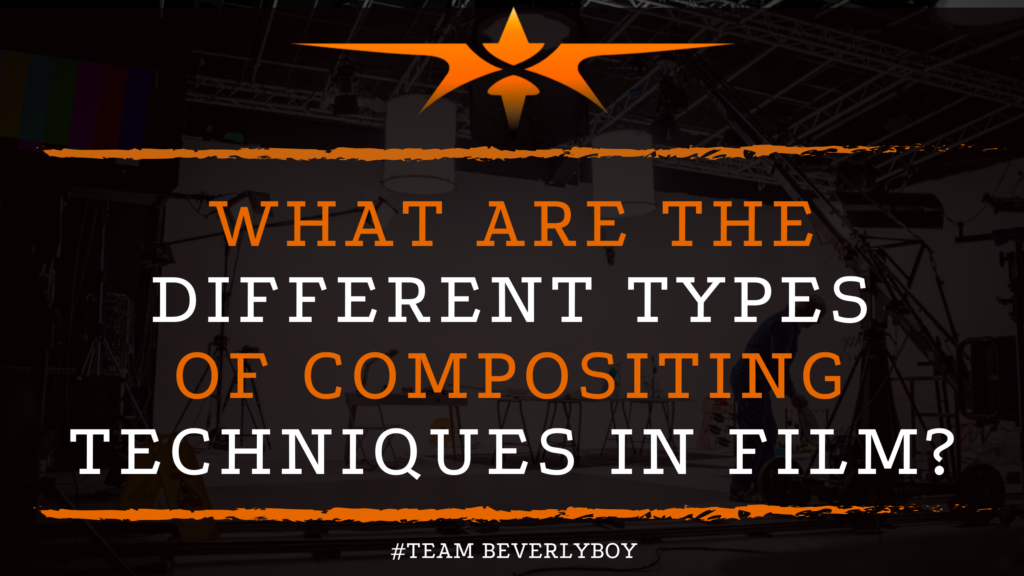What are the Different Types of Compositing Techniques in Film?
Compositing represents the final VFX stage in which various types of rendered files are layered together to produce a seamless integration of digital assets and live-motion footage that amazes the audience. Compositors are involved in a lot of different unique projects and require an incredibly diverse understanding of VFX, editing, and the many different types of compositing techniques that are commonly used in film and video.

As we look at compositing and the evolution of various types of compositing techniques over several years, it’s easy to see that we’ve certainly come a very long way. Visual artists use various compositing techniques to produce the incredibly elaborate scenes that moviegoers have come to crave. But compositing wasn’t always as diverse.
Let’s take a look at the various types of compositing techniques that are now used in filmmaking:
A over B
One of the most widely used types of compositing techniques that come up in filmmaking is called simply, the A over B. This involves inserting image A over image B in such a way that the two images, with the support of various tools and editing processes, appear as one.
Of course, it’s also not as simple as just placing an image over an image, this compositing technique requires the layering of hundreds of images just to produce a few seconds of footage.
Matting
In filmmaking and special effects, matting represents a compositing technique that involves the use of matte paintings that are used to represent a background, typically a landscape.
Matte paintings are composited info film using a variety of techniques, but they are typically used to produce larger areas.
Rotoscoping
When addressing the many different types of compositing techniques, rotoscoping is probably one of the easiest methods that is used in the compositing process. This involves manually cutting out a particular object from an image in order to remove it or mask it.
Sometimes this is referred to as creating roto shapes. The purpose of rotoscoping is to trace over the footage, frame-by-frame, so that you can produce a realistic action.
Green Screen

Green screen is another type of compositing that is very commonly used, in fact it was originally a blue screen that was most commonly used for this technique.
Whether green screening or blue screening, this technique involves filming in front of a green or blue screen so that any background can be layered in. You might recognize this as it’s the most common technique used in news and weather reporting.
Front or Rear Projection
The use of both front and rear projection compositing techniques represent another means of layering in various scenes or backgrounds to produce the desired view.
Rear projection was very common throughout the 1970s, if you can recall any old movie in which there are two people talking in a moving car, you’ve seen rear projection compositing in action! Front projection represents a more modern form that is more widely used in filmmaking today.
CGI

CGI, or computer generated imagery, represents the use of the computer to create images that are then layered in, through compositing, to produce various visuals in the film.
In its simplest state, CGI represents the creation of still images or animated visuals but 3D computer graphics that are utilized to produce characters, special effects, scenes, and various other graphics are also common.
CGI is typically used when it’s not possible, or safe, for humans to create the desired visual effects.
Multiple Exposure
Multiple exposure compositing represents the use of multiple images that are then superimposed to create a single image or visual effect. Multiple exposure compositing is incredibly common both in filmmaking and in photography and continues to evolve through various uses of technology.
Physical Compositing
With the many different types of compositing techniques that are utilized in filmmaking, physical compositing is one of the earliest methods and continues to be widely utilized.
Physical compositing involves separating individual parts of an image to place them with partial models, glass paintings, or other partial elements to create the appearance of a single image.
As you can see there are many different types of compositing techniques that are used in filmmaking. These are just a few of the most commonly used compositing techniques, but many others also exist. This is an incredibly diverse skill set that requires many years of work to perfect.

